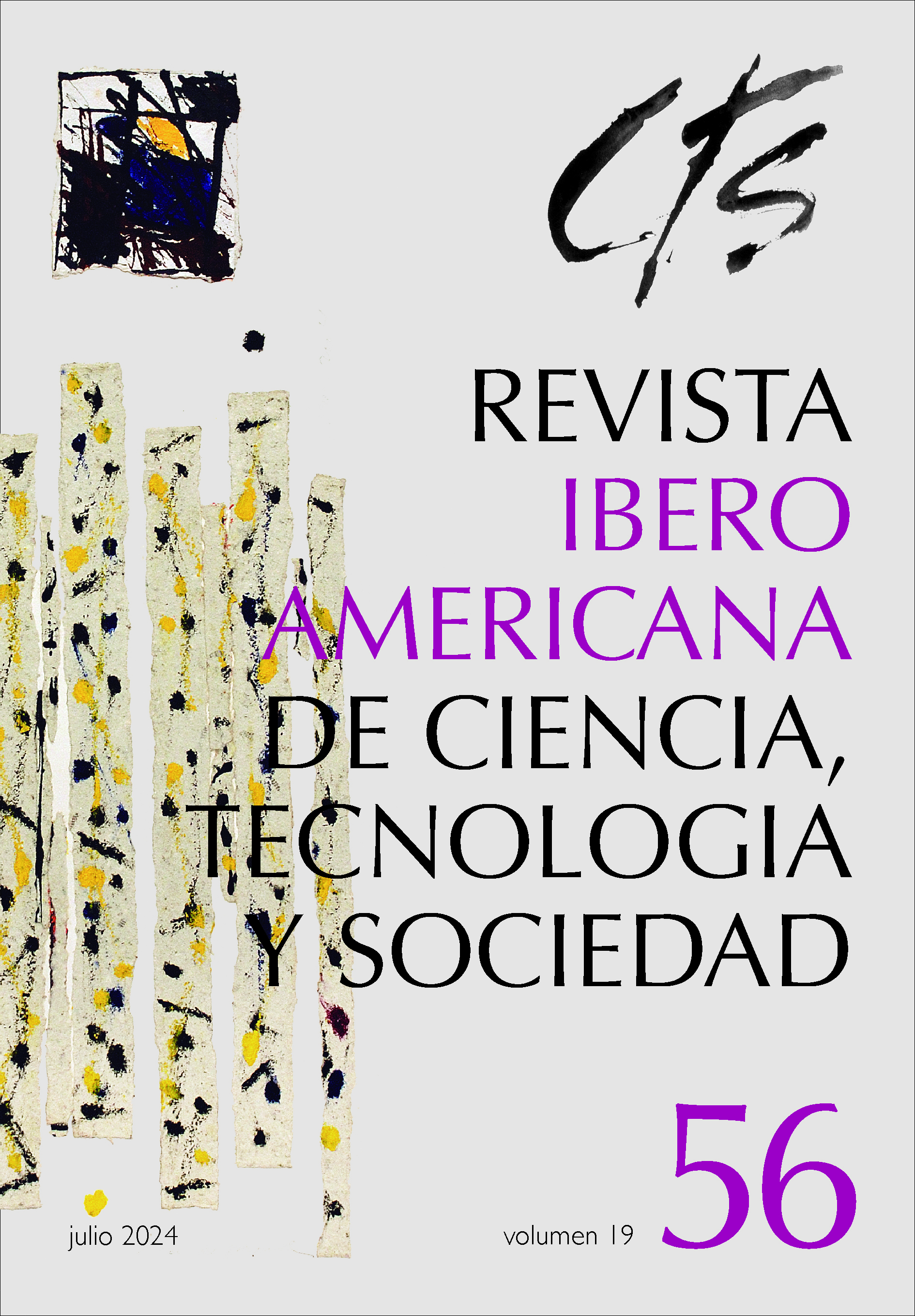Eulalia Pérez Sedeño: Counting Women
Abstract
Eulalia Pérez Sedeño is much more than a researcher in gender issues, but for me she will always be the one who taught how to count women in Spain. In 2000, the ETAN report analyzed the presence of women in European scientific and academic institutions. For the first time, the data showed what many already knew: that the glass ceiling and territorial discrimination prevailed in academic careers, but we did not yet know these terms. Eulalia Pérez Sedeño taught them to us when she carried out the first study of science and gender indicators in Spain; she told us about the set of invisible obstacles that impede the progress of women in science and the set of prejudices that group women in activities "proper to their sex". After that, many researchers continued counting women, analyzing the factors that underlie discrimination and the policy measures with which to address them, because, as Eulalia stated in 2001, "the glass ceiling is very close and weighs a lot. But, as history shows that with everyone's effort it has been moving upwards over the years, in spite of everything I want to be optimistic: because the glass, in the end, however thick it may be, can be broken".
Downloads
Downloads
Published
How to Cite
Issue
Section
License
Copyright (c) 2024 CC Attribution 4.0

This work is licensed under a Creative Commons Attribution 4.0 International License.
All CTS's issues and academic articles are under a CC-BY license.
Since 2007, CTS has provided open and free access to all its contents, including the complete archive of its quarterly edition and the different products presented in its electronic platform. This decision is based on the belief that offering free access to published materials helps to build a greater and better exchange of knowledge.
In turn, for the quarterly edition, CTS allows institutional and thematic repositories, as well as personal web pages, to self-archive articles in their post-print or editorial version, immediately after the publication of the final version of each issue and under the condition that a link to the original source will be incorporated into the self-archive.











